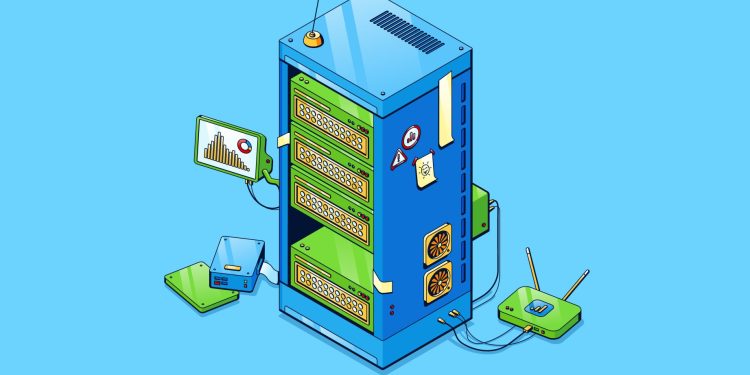In recent years, the payments industry has experienced significant mergers and acquisitions, particularly amongst the largest institutional stakeholders. This trend finds its roots in efforts to ensure profitability in an industry where shrinking margins are prevalent and processing volumes are the make-or-break point. However, with the reorganization that accompanies mergers or acquisitions, FIs often face critical data challenges, from relatively straightforward relational database creation to highly complex integration between varying legacy and modern systems. A lack of cohesive and efficient data management poses major risks from both operational and profitability standpoints. If an FI’s data management policies are not optimized, unnecessary links between systems can prove to be security challenges and cause preventable lag times in intra- and inter-organization communication.
“The result: complex and costly IT maintenance, challenges with managing multiple copies of data and databases, security risks, and inconsistent data definitions across the organization. Business agility and innovation also suffer.”
A potential solution to these IT issues can be found in the hub-and-spoke approach, where FIs can invest in the creation of a centralized data hub that serves as a central node between the various connecting systems within an organization. All data-driven functions, from back-end to customer-facing, can utilize this approach to bring real-time data production, storage, and analysis to an organization.
“A data hub enables information sharing by connecting data producers with data consumers. Systems of record publish their data in real-time to the integration data hub so applications can access, consume, and use the data in real-time. The hub provides a point of mediation, governance, and visibility to how data flows across the enterprise. It defines data-level access, as well as policies on how long the data is kept.”
It is critical to re-orient the way an organization approaches financial data – it can no longer be distinguished from previously defined “core business functions.” As the open banking era rapidly approaches the U.S., it is imperative for FIs to take a proactive approach in modernizing their IT infrastructure.
Overview by Shreyas Shaktikumar, Research Analyst at Mercator Advisory Group











